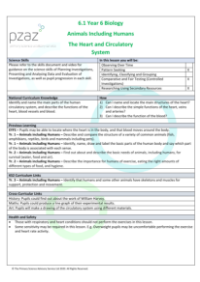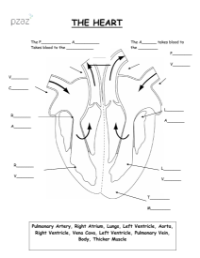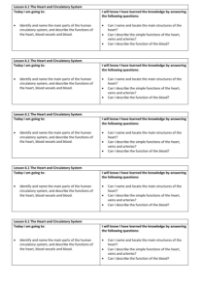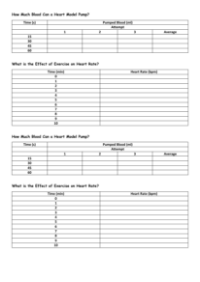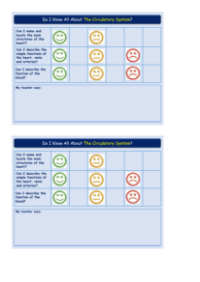The Heart and the Circulatory System - Presentation
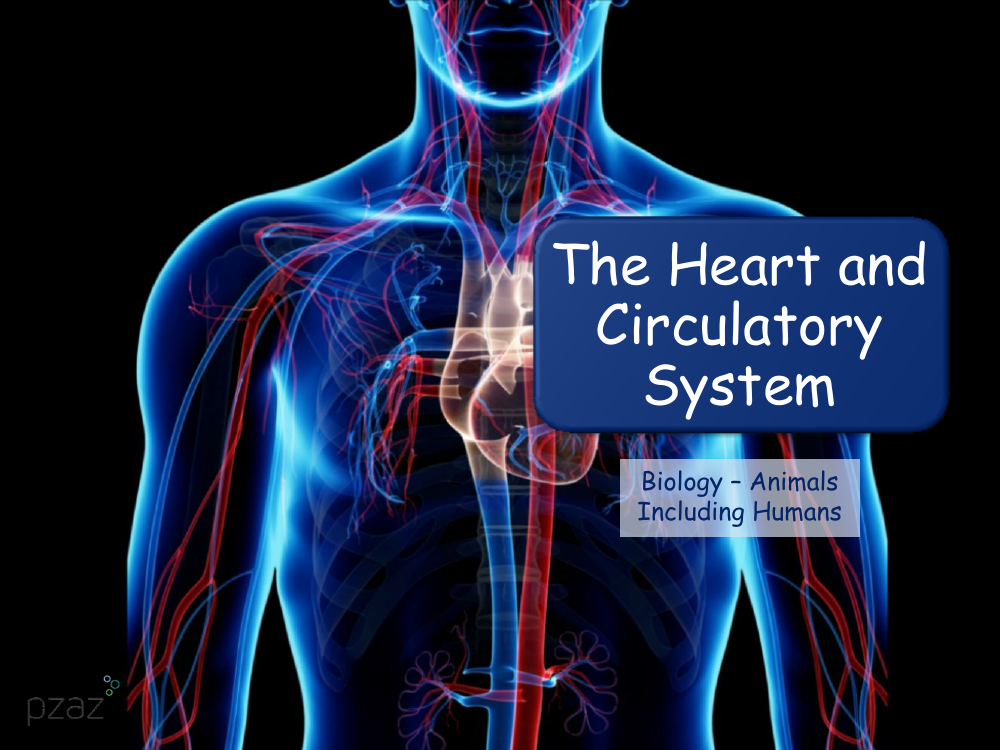
Science Resource Description
The presentation on the heart and circulatory system aims to educate about the structure and function of the heart, as well as the role of blood vessels and blood within the body. It starts with a scenario involving a patient, Mr. Roth, who learns about the anatomy of his heart during a doctor's visit. The doctor explains that the heart consists of four chambers: two upper chambers called atria and two lower chambers known as ventricles. The left side of the heart has a thicker muscle wall to powerfully pump blood throughout the body. Students are tasked with identifying the main structures of the heart, understanding why the left ventricle wall is thicker, and naming the types of blood vessels, including the aorta and vena cava, which are the main artery and vein, respectively.
The circulatory system's extensive network of blood vessels is designed to deliver oxygen, nutrients, and remove waste from every cell in the body. The heart, which has been beating since early embryonic development, will continue to beat an estimated 2 billion times over a lifetime. Students are encouraged to label diagrams of the heart, understand the difference between oxygen-rich and oxygen-poor blood, and how the right and left sides of the heart function in this process. The presentation includes interactive elements, such as making a heart model and measuring heart rate before and after exercise, to demonstrate how physical activity affects the cardiovascular system. Finally, students are asked to consolidate their learning by answering questions about the heart's function, the differences between arteries and veins, and the purpose of blood in the body.

